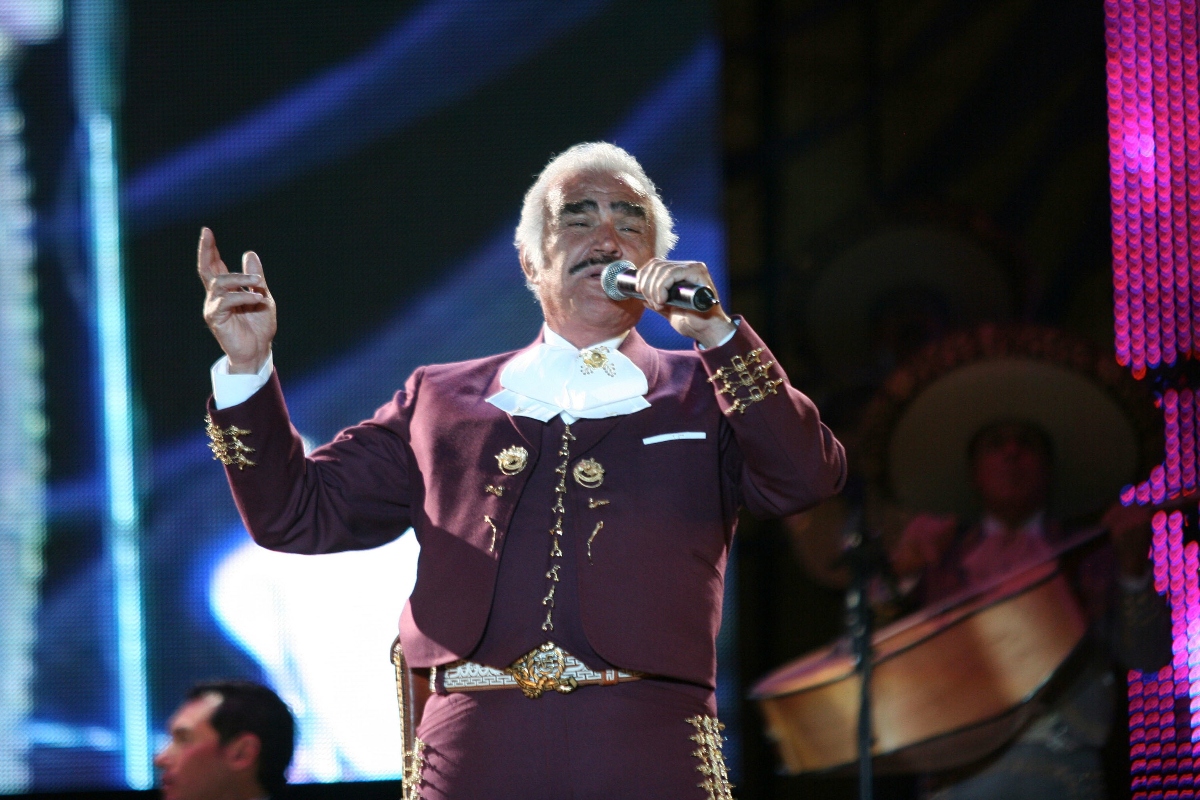Regional Mexican music is not simply a musical genre: it is a living expression of the history, identity and pride of millions of Latinos living in the United States. Its sounds – from the vibration of a mariachi trumpet to the accordion of a norteño or the rumble of a Sinaloense band – have crossed physical and generational boundaries, becoming an emotional link to the roots of those who have left their country of origin, but never their culture.
According to data from the RIAA’s Latin Music Report 2024, regional Mexican music was the second most listened to Latin subgenre in the U.S., behind only reggaeton, with a growth of more than 30% on digital platforms compared to previous years. This shows that, far from disappearing, regional is more alive than ever, adapting to new generations without losing its essence.
Bridge between generations

“Regional Mexican music is the soul of our community,” said Alejandro Fernández, one of the most recognized voices of the genre.
And he’s right. For many Latinos in the United States – whether they are first-generation immigrants or born on U.S. soil – these songs represent much more than entertainment: they are part of a cultural heritage that is passed down like a family treasure.
Classic songs such as Volver, Volver by Vicente Fernández or Caminos de Guanajuato by José Alfredo Jiménez are considered anthems.
It is not uncommon to hear them at family parties, from an afternoon in the backyard to a birthday celebration, where parents and children sing together, sharing not only a melody, but also a sense of belonging.
In everyday life

For many Latinos in the US, regional Mexican music represents much more than entertainment
QueOnnda.com
In the daily life of the Hispanic community in the U.S., regional Mexican music is present in all kinds of events: weddings, quinceañeras, baptisms, graduations and even funerals.
Bands such as La Arrolladora, Banda MS, Los Tigres del Norte or Intocable have been the soundtrack of unforgettable moments.
In addition, in cities such as Los Angeles, Chicago, Houston and Phoenix, where the Hispanic population has a strong presence, regional Mexican music is heard on the streets as well as on the radio and in live concerts.
The return of festivals such as the Bésame Mucho Festival or the Arre Festival in 2024 reinforced the popularity of this genre on large U.S. stages.
Reflection of Latino pride

The lyrics of regional Mexican music speak of love, heartbreak, struggle, family and migration.
Deeply human themes that resonate with the Latino experience in the U.S.
Songs such as La Jaula de Oro by Los Tigres del Norte, for example, portray with crudeness the feelings of those who live between two worlds: the one of their roots and the one of their new life.
Each verse, each stanza, is a reflection of the pride, nostalgia and strength of a community that continues to fight for its dreams while honoring its origins.
Constantly evolving
Far from remaining traditional, regional Mexican music has been able to evolve.
Young artists such as Natanael Cano, Peso Pluma and Junior H have given life to the so-called corridos tumbados, a fusion between the classic and the urban that has connected with the new generations of Latinos in the US.
Thanks to platforms such as TikTok, Instagram and YouTube, this new wave has taken regional Mexican music trending worldwide, proving that tradition can also be modern, viral and deeply relevant.
The growth of regional Mexican music in the U.S. is further proof that music not only entertains, but builds identity, creates community and strengthens cultural ties.
For Latinos who live far from their homeland, this music is a way of saying: “Here I am, and I don’t forget where I come from.
To find out more about this and other topics that celebrate our roots, visit QueOnnda.com.














